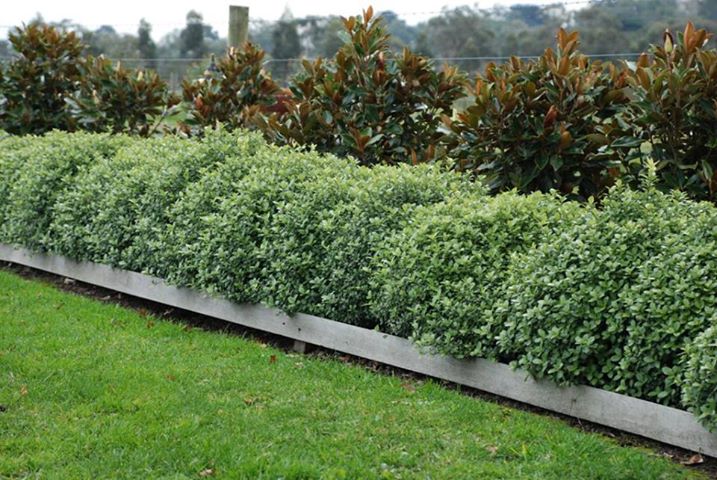There’s nothing like a dash of greenery filling up your outdoor area to give it a lush look. You can’t count on an eye-catching appearance unless you’ve got plants full of life; besides there are those plants that can be used to add more privacy, thanks to their leafy bushy structures.
If you want to get the best of both worlds, it’s best to go for the green look year round, like the evergreen beauty – the pittosporum plant. Covering over 200 species, spreading over regions of Africa, Asia, and Australia, it’s become the preferred landscaping, or rather hedging and bordering evergreen plant.
The many names attributed to it show the degree of popularity, from Australian laurel, Japanese cheesewood, to Karo, Kaikaro, and Kīhihi to name a few. Depending on the variety you choose, you can expect to get a plant with oval bright to dark green leaves, pleasantly scented flowers in white, cream, yellow, reddish, or brownish shade, including savoury berries.
What can be said about the pittosporum plant is it’s a feisty, fast growing one, even in a container, thriving in full sun spots, and a well drained, slightly to neutral acidic soil (sometimes dry soil too). If you want to grow it inside, keep it in a partial sun spot. It’s also tolerant to salt, which makes it ideal for the coastal regions as well.
A word of advice is if you want to get the best outcome, you have to get in the habit of pruning it often, starting early on so you get the form you want before it grows considerably high; though most are known to grow as up to 4.5 metres, there are those that grow as up to ten as well. Since this is the plant that also flowers, do the pruning at a period when there’s no flowering.
Don’t let the frequency of pruning scare you, because there’s more maintenance to be done in the early stages than when the plant has considerably grown. Likewise, remember that proper nourishment is essential in the form of slow fertilising and mulching in spring, with compost you can prepare at home from organic material, such as leaves.
Though it’s not a plant known for diseases, there are still certain conditions that might affect its growth and lifespan in the bark, leaves, and stems, most of which fungal, so it’s important to add fungicide often to prevent such diseases from affecting your plant. As feisty as this plant is, when properly taken care of, you can expect it to live up to at least 50 years.



